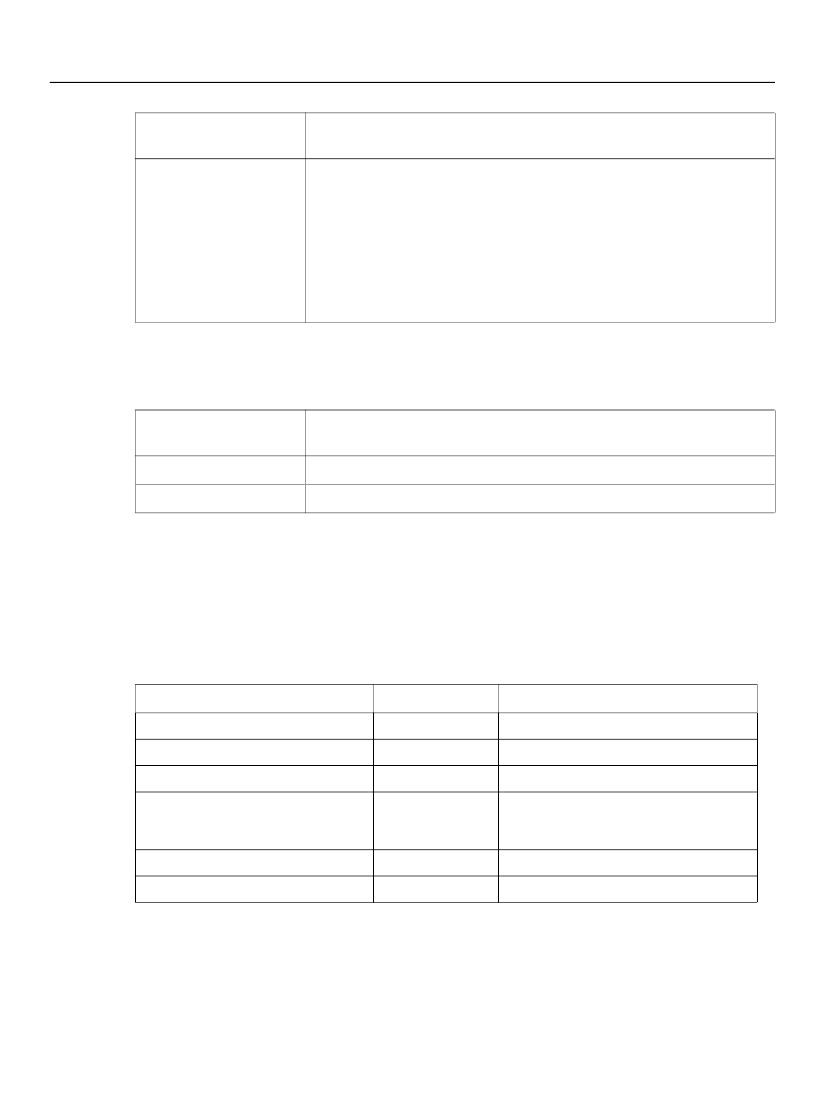
XFA Specification
Chapter 24, Picture Clause Specification
Picture Clause Reference
920
Acceptable ambiguous
date picture clause
MMDDYY
Explanation
As a concession to present day realities, the two-digit years 00 to 29 are
interpreted as the years 2000 to 2029, while the two-digit years 30 to 99 are
interpreted as the years 1930 to 1999. This is known as the century split
option, and the century split year is set by default to 30; it is expected that
applications using picture clauses would be able to reconfigure the century
split year.
Important:
It is strongly recommended that applications interchange data
with fully specified years.
Avoid Multiple Occurrences of the Same Types of Symbols in Input Parsing
Date picture clauses used for input parsing must avoid multiple occurrences of symbols used for the same
type of data. The following table provides examples of such unacceptable multiple occurrences.
Unacceptable multiple
sets of symbols
DD/MM/DD
JJJ-DD-MMM-YY
Explanation
The
DD
symbol appears twice.
The
JJJ
and
DD
symbols both format days.
When output formatting, date picture clauses with multiple instances of the same symbols are acceptable,
as are date formats with conflicting symbols.
Examples of Output Formatting
As examples of output formatting date values, consider the following: results have been quoted, so that
one can see where spaces would appear in the formatted value. The quotes are not actually part of the
result.
Picture clause
MMMM DD
,
YYYY
'Week of the month is' w
e 'days after Sunday'
Input value
2002-10-25
20040722
20040722
20040722
Formatted result
"October 25, 2002"
"Week of the month is 5"
4 days after Sunday
2004-W30-4
YYYY
-'W'
WW
-e
Note:
This is the ISO Week Date format.
E
'days after Saturday'
20040722
5 days after Saturday
"Saturday, the 1 of January, 2000"
EEEE
, 'the'
D
'of'
MMMM
,
YYYY
2000-01-01